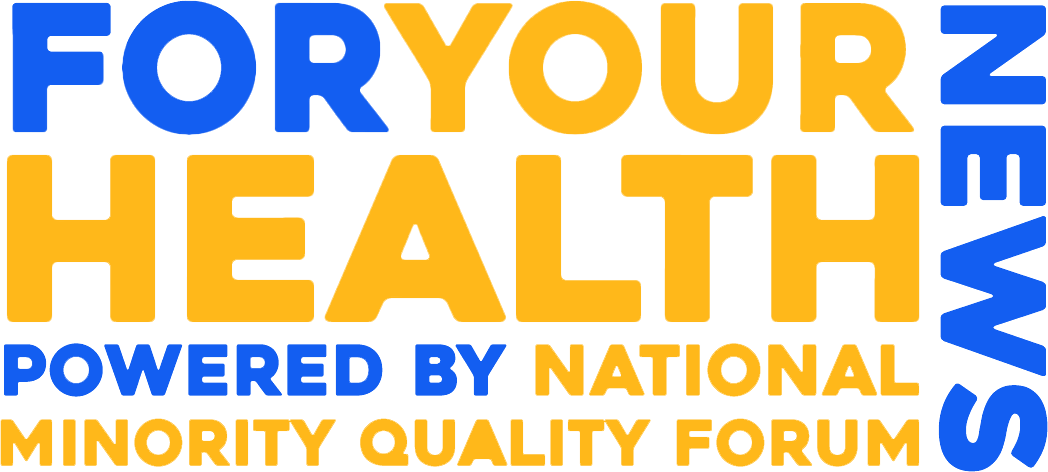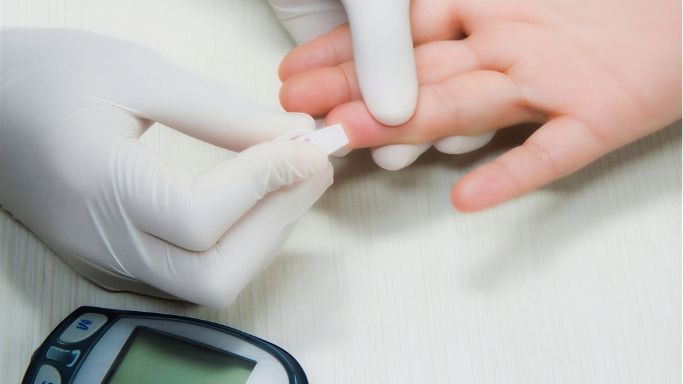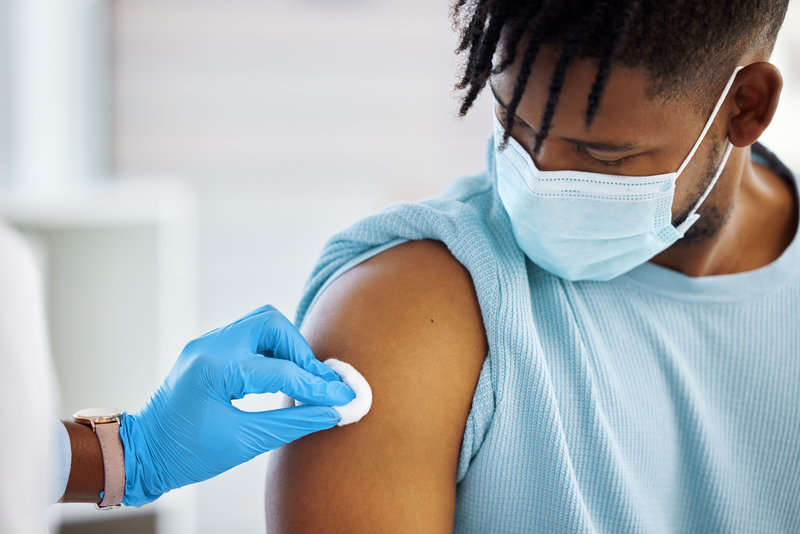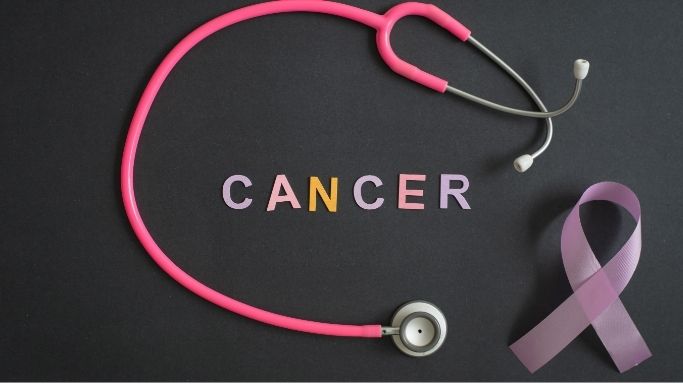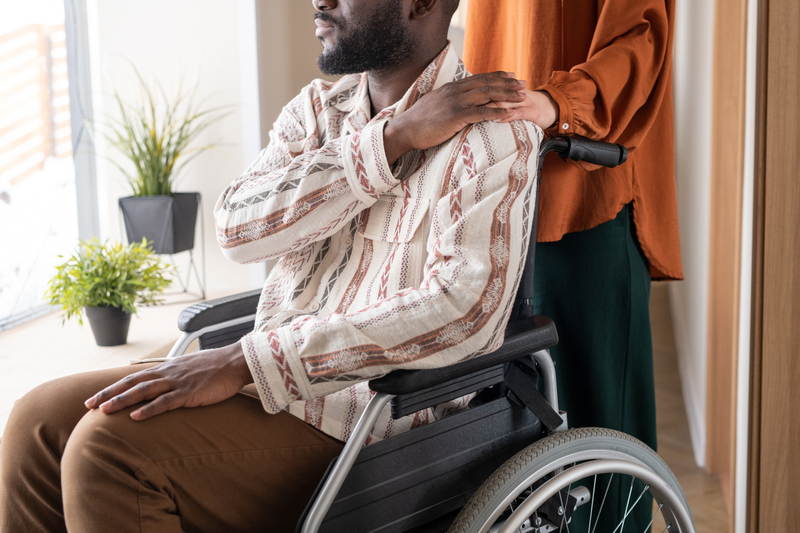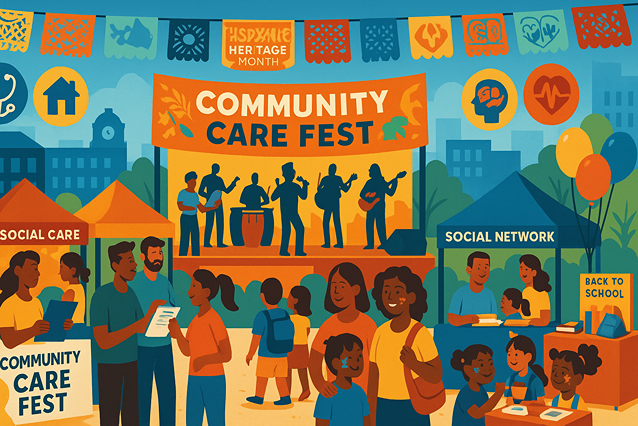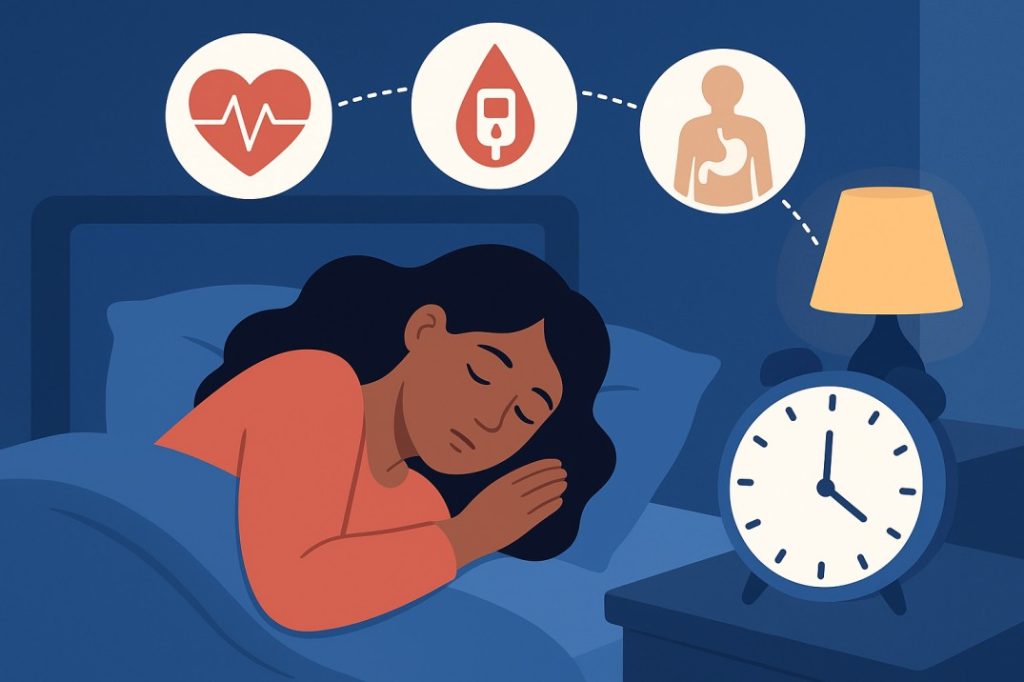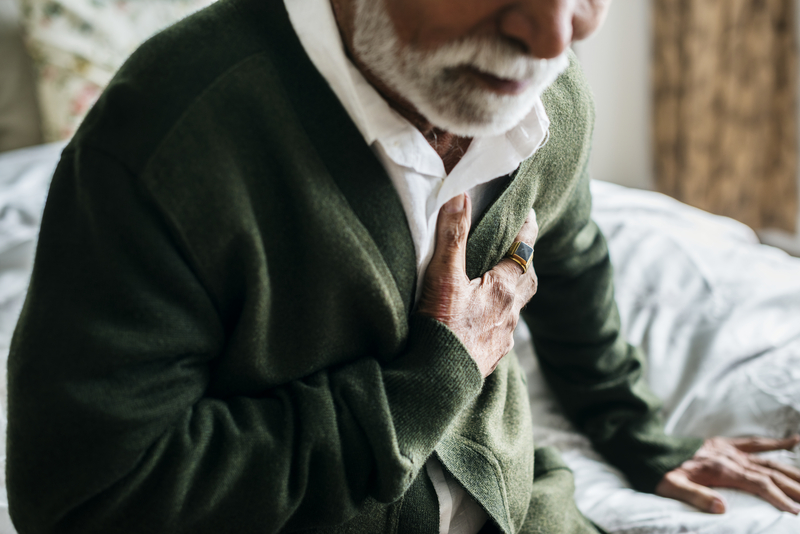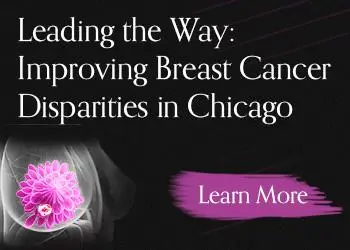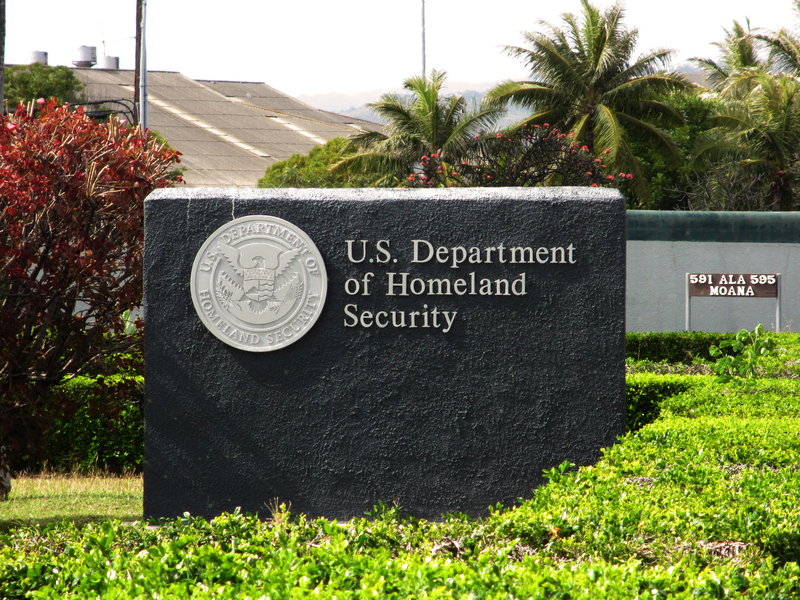urban
Geographic Access to Dermatologic Care in Urban Underserved Communities
. 2023 Oct 8:S0190-9622(23)02966-3.
doi: 10.1016/j.jaad.2023.09.079.
Online ahead of print.
Affilia...
UofL receives $16 million to increase supply of primary care physicians for underserved rural and urban areas - Lane Report
LOUISVILLE, Ky. — The University of Louisville has received $16 million to help increase Kentuckians’ access to health care, particularly in unders...
Pharmacist telehealth in an underserved urban population with type 2 diabetes mellitus
Background:
During the pre-vaccine months of the COVID-19 pandemic, pharmacists providing comprehensive medication management to und...
Determinants of Lung Cancer Screening in a Minnesota Urban Indigenous Community - A Community Based, Participatory, Action-Oriented Study
Although lung cancer screening with annual low-dose chest computed tomography has been shown to reduce lung cancer deaths, it remains underutilized...
Assessing the interrelationship between stigma, social influence, and cervical cancer prevention in an urban underserved setting: An exploratory study
. 2022 Dec 1;17(12):e0278538.
doi: 10.1371/journal.pone.0278538.
eCollection 2022.
Caryn E Peter...
Understanding Perceived Barriers to Colposcopy Follow-Up Among Underserved Women at an Urban Teaching Hospital: A Qualitative Study
Objective:
Loss to follow-up after abnormal cervical cancer screening disproportionately impacts underserved populations. Our object...
Trending Topics
Features
- Drive Toolkit
Download and distribute powerful vaccination QI resources for your community.
- Health Champions
Sign up now to support health equity and sustainable health outcomes in your community.
- Cancer Early Detection
MCED tests use a simple blood draw to screen for many kinds of cancer at once.
- PR
FYHN is a bridge connecting health information providers to BIPOC communities in a trusted environment.
- Medicare
Discover an honest look at our Medicare system.
- Alliance for Representative Clinical Trials
ARC was launched to create a network of community clinicians to diversify and bring clinical trials to communities of color and other communities that have been underrepresented.
- Reducing Patient Risk
The single most important purpose of our healthcare system is to reduce patient risk for an acute event.
